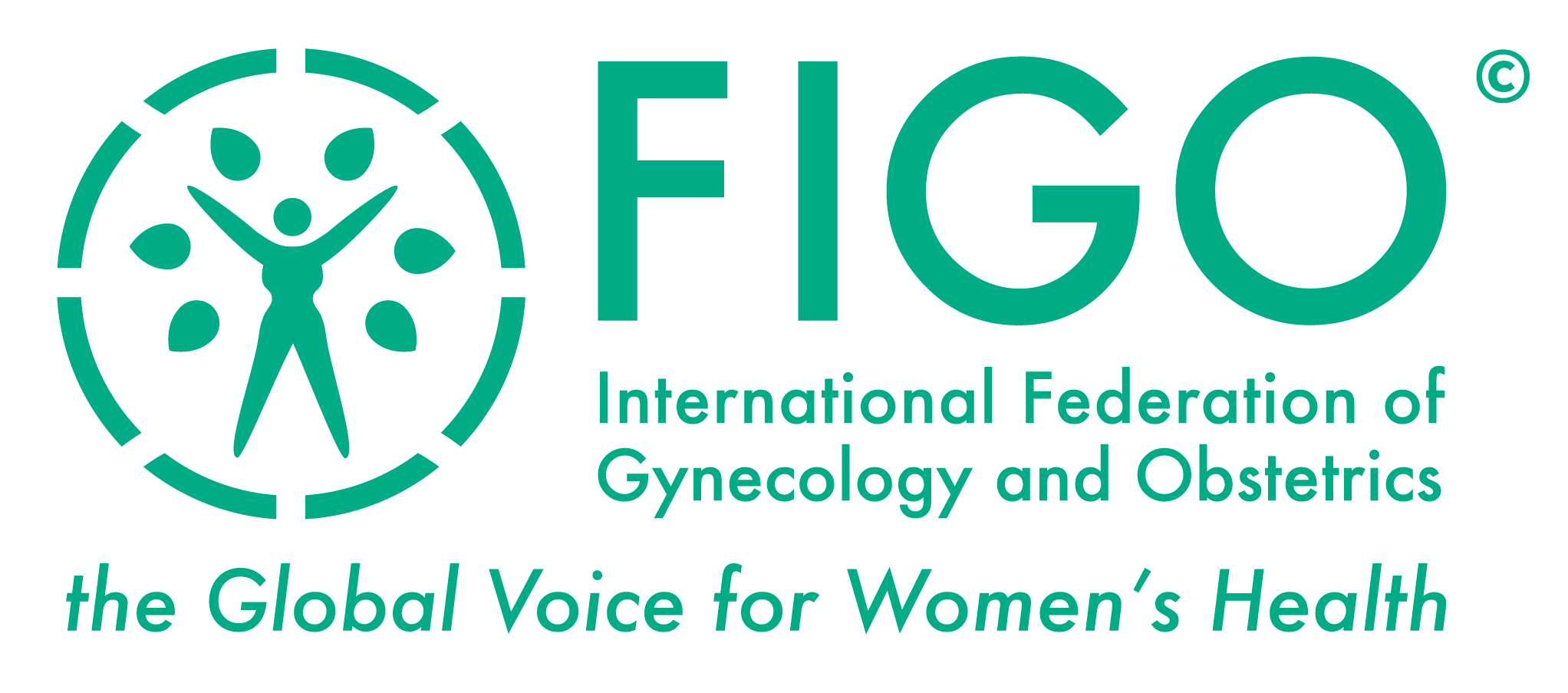Johnson NP, Hummelshoj L;World Endometriosis Society Montpellier Consortium.
Consensus on current management of endometriosis. Hum Reprod. 2013 Jun;28(6):1552-68. Doi: 10.1093/humrep/det050. Epub 2013 Mar 25.
STUDY QUESTION:
Is there a global consensus on the management of endometriosis that considers the views of women with endometriosis?
SUMMARY ANSWER:
It was possible to produce an international consensus statement on the current management of endometriosis through engagement of representatives of national and international, medical and non-medical societies with an interest in endometriosis.
WHAT IS KNOWN ALREADY:
Management of endometriosis anywhere in the world has been based partially on evidence-based practices and partially on unsubstantiated therapies and approaches. Several guidelines have been developed by a number of national and international bodies, yet areas of controversy and uncertainty remain, not least due to a paucity of firm evidence.
STUDY DESIGN, SIZE, DURATION:
A consensus meeting, in conjunction with a pre- and post-meeting process, was undertaken.
PARTICIPANTS/MATERIALS, SETTING, METHODS:
A consensus meeting was held on 8 September 2011, in conjunction with the 11th World Congress on Endometriosis in Montpellier, France. A rigorous pre- and post-meeting process, involving 56 representatives of 34 national and international, medical and non-medical organizations from a range of disciplines, led to this consensus statement.
MAIN RESULTS AND THE ROLE OF CHANCE:
A total of 69 consensus statements were developed. Seven statements had unanimousconsensus; however, none of the statements were made without expression of a caveat about the strength of the statement or the statement itself. Only two statements failed to achieve majority consensus. The statements covered global considerations, the role of endometriosis organizations, support groups, centres or networks of expertise, the impact of endometriosis throughout a woman's life course, and a full range of treatment options for pain, infertility and other symptoms related to endometriosis.
LIMITATIONS, REASONS FOR CAUTION:
This consensus process differed from that of formal guideline development. A different group of international experts from those participating in this process would likely have yielded subtly different consensus statements.
WIDER IMPLICATIONS OF THE FINDINGS:
This is the first time that a large, global, consortium, representing 34 major stake-holding organizations from five continents, has convened to systematically evaluate the best available current evidence on the management of endometriosis, and to reach consensus. In addition to 18 international medical organizations, representatives from 16 national endometriosis organizations were involved, including lay support groups, thus generating input from women who suffer from endometriosis.
